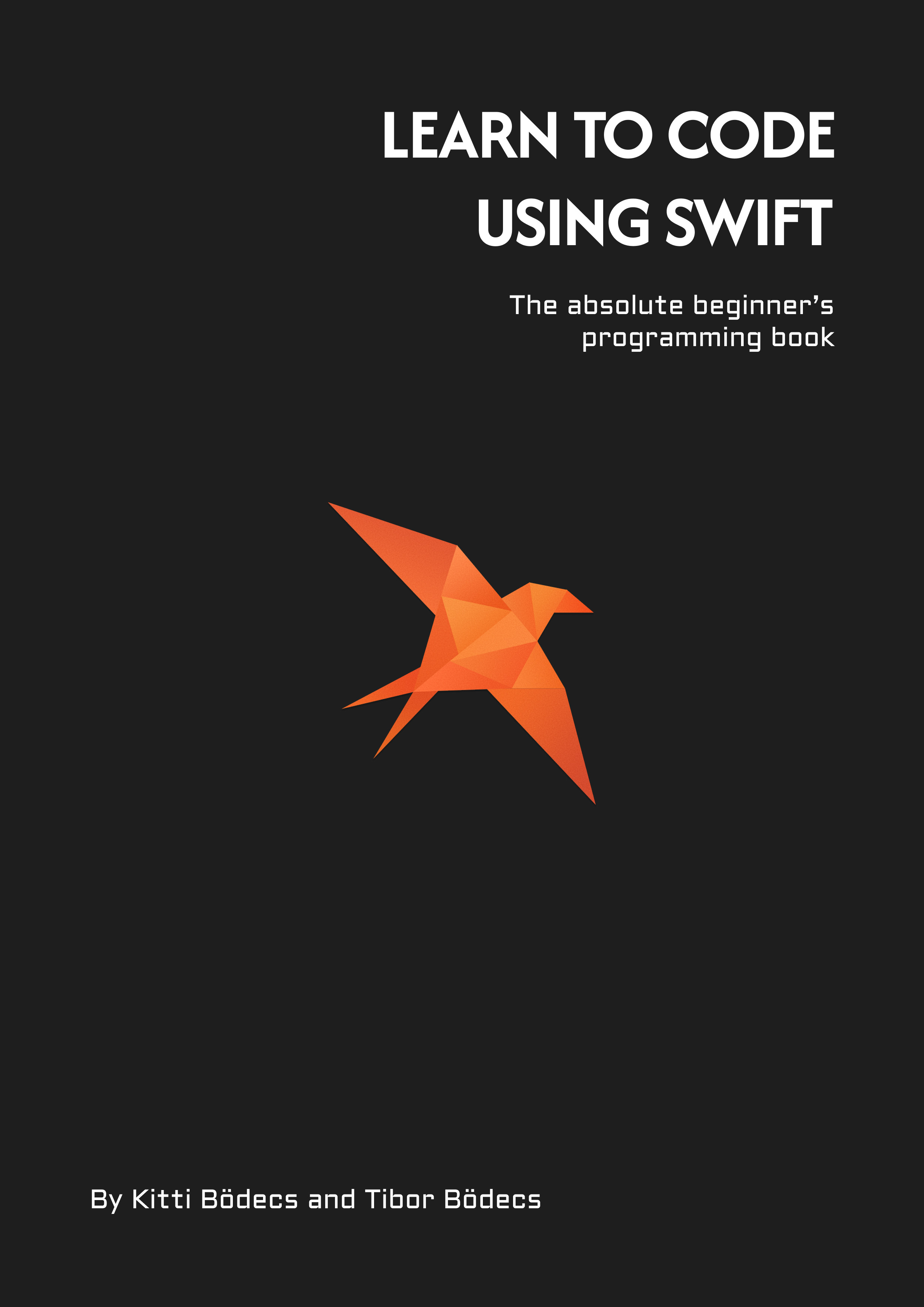Swift prototype design pattern
The prototype design pattern is used to create clones of a base object, so let's see some practical examples written in Swift.
This is also a creational design pattern, it is useful when you have a very basic configuration for an object and you’d like to give (clone) those predefined values to another one. Basically you’re making clones from a prototype objects. 😊😊😊
This approach has some benefits, one is for example that you don’t have to subclass, but you can configure clones individually. This also means that you can remove a bunch of boilerplate (configuration) code if you are going to use prototypes. 🤔
class Paragraph {
var font: UIFont
var color: UIColor
var text: String
init(font: UIFont = UIFont.systemFont(ofSize: 12),
color: UIColor = .darkText,
text: String = "") {
self.font = font
self.color = color
self.text = text
}
func clone() -> Paragraph {
return Paragraph(font: self.font, color: self.color, text: self.text)
}
}
let base = Paragraph()
let title = base.clone()
title.font = UIFont.systemFont(ofSize: 18)
title.text = "This is the title"
let first = base.clone()
first.text = "This is the first paragraph"
let second = base.clone()
second.text = "This is the second paragraph"
As you can see the implementation is just a few lines of code. You only need a default initializer and a clone method. Everything will be pre-configured for the prototype object in the init method and you can make your clones using the clone method, but that’s pretty obvious at this point… 🤐
Let’s take a look at one more example:
class Paragraph {
var font: UIFont
var color: UIColor
var text: String
init(font: UIFont = UIFont.systemFont(ofSize: 12),
color: UIColor = .darkText,
text: String = "") {
self.font = font
self.color = color
self.text = text
}
func clone() -> Paragraph {
return Paragraph(font: self.font, color: self.color, text: self.text)
}
}
let base = Paragraph()
let title = base.clone()
title.font = UIFont.systemFont(ofSize: 18)
title.text = "This is the title"
let first = base.clone()
first.text = "This is the first paragraph"
let second = base.clone()
second.text = "This is the second paragraph"
The prototype design pattern is also helpful if you are planning to have snapshots of a given state. For example in a drawing app, you could have a shape class as a proto, you can start adding paths to it, and at some point at time you could create a snapshot from it. You can continue to work on the new object, but this will give you the ability to return to a saved state at any point of time in the future. 🎉
That’s it about the prototype design pattern in Swift, in a nuthsell. 🐿
Related posts
Event-driven generic hooks for Swift
In this article I am going to show you how to implement a basic event processing system for your modular Swift application.
Iterator design pattern in Swift
Learn the iterator design pattern by using some custom sequences, conforming to the IteratorProtocol from the Swift standard library.
Lazy initialization in Swift
Learn how to use lazy properties in Swift to improve performance, avoid optionals or just to make the init process more clean.
Lenses and prisms in Swift
Beginner's guide about optics in Swift. Learn how to use lenses and prisms to manipulate objects using a functional approach.


